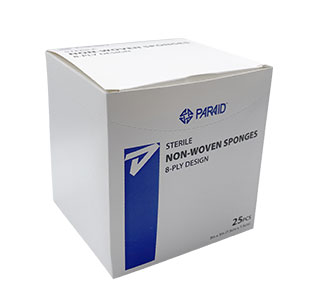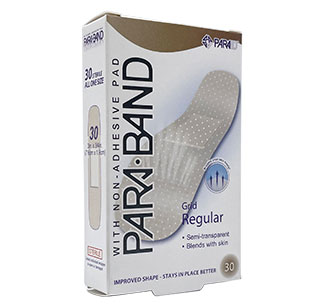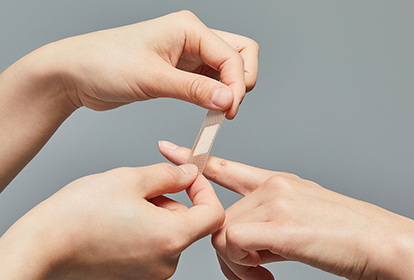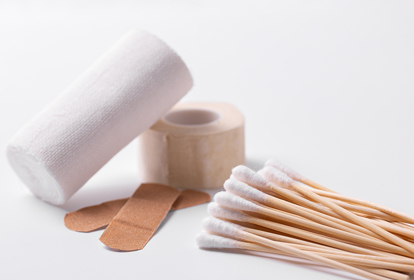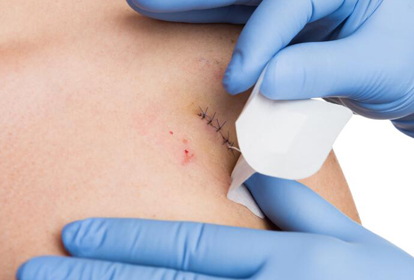When it comes to minor injuries or wounds, adhesive bandages are the go-to choice for millions of people worldwide. These small yet powerful strips have become an essential part of every first-aid kit, providing quick and effective support for cuts, scrapes, and other minor injuries. In this blog post, we will explore the significance of adhesive bandages and the different types available to cater to various wound types. Additionally, we will delve into selecting the most suitable adhesive bandage for your injury and discuss useful tips to ensure proper usage and care.
Understanding the Importance of Adhesive Bandages
Adhesive bandages play a crucial role in wound healing, primarily by providing a protective barrier against dirt, bacteria, and other external contaminants. Their adhesive properties ensure that the bandage stays firmly in place, minimizing the risk of infection and further injury. Moreover, adhesive bandages create a moist environment that promotes faster healing and reduces the risks of scabs and scars.
Types of Adhesive Bandages for Various Wounds
To cater to different types of wounds, adhesive bandages are available in various shapes, sizes, and materials. Here are a few common types:
Standard Adhesive Bandages
These are the traditional rectangular-shaped bandages and are ideal for small cuts, scrapes, blisters, and similar injuries. They come with a cushioned pad that absorbs fluid and protects the wound from external factors.
Waterproof Adhesive Bandages
These bandages are designed to repel water, making them ideal for use during showers, swimming, or any activity involving water. They are especially useful for wounds located in areas prone to moisture.
Finger or Knuckle Bandages
Shaped to fit comfortably around fingers and knuckles, these bandages provide targeted protection for injuries in these areas. Their unique design ensures secure coverage and enhanced flexibility.
Transparent Adhesive Bandages
These clear, almost invisible bandages offer a discreet way to protect wounds anywhere on the body. They allow for easy monitoring of the healing process and are suitable for wounds that require extra breathability.
Choosing the Right Adhesive Bandage for Your Wound
Selecting the proper adhesive bandage for your wound is crucial to ensure optimal healing and protection. Consider the following factors:
Wound Size
Choose a bandage that completely covers the wound, allowing a sufficient margin around it.
Waterproof vs. Standard
If there is a possibility of water exposure or excessive moisture, opt for waterproof bandages to prevent them from becoming damp or falling off.
Flexibility
For wounds on joints or areas that require flexibility, consider flexible or elastic adhesive bandages that allow natural movement.
Allergies
If you have sensitive skin or are allergic to latex, opt for hypoallergenic adhesive bandages.
Proper Usage and Care Tips for Adhesive Bandages
To make the most of adhesive bandages, adhere to the following usage and care tips:
Clean the wound gently before applying the bandage to minimize the risk of infection.
Ensure that the bandage adheres firmly to the skin and that there are no wrinkles or loose ends.
Change the adhesive bandage regularly or as directed by your healthcare professional, especially if it becomes wet, dirty, or starts peeling off.
Avoid reusing adhesive bandages as it can introduce bacteria and delay healing.
Adhesive bandages are a staple for quick and efficient wound care. By understanding the importance of adhesive bandages, exploring the different types available, and following proper usage and care tips, you can ensure optimal healing and protection for various types of wounds. Whether it's a small scrape, a blister, or a cut, an adhesive bandage from a trusted brand like Planet is your reliable companion on the path to recovery.
 English
English
